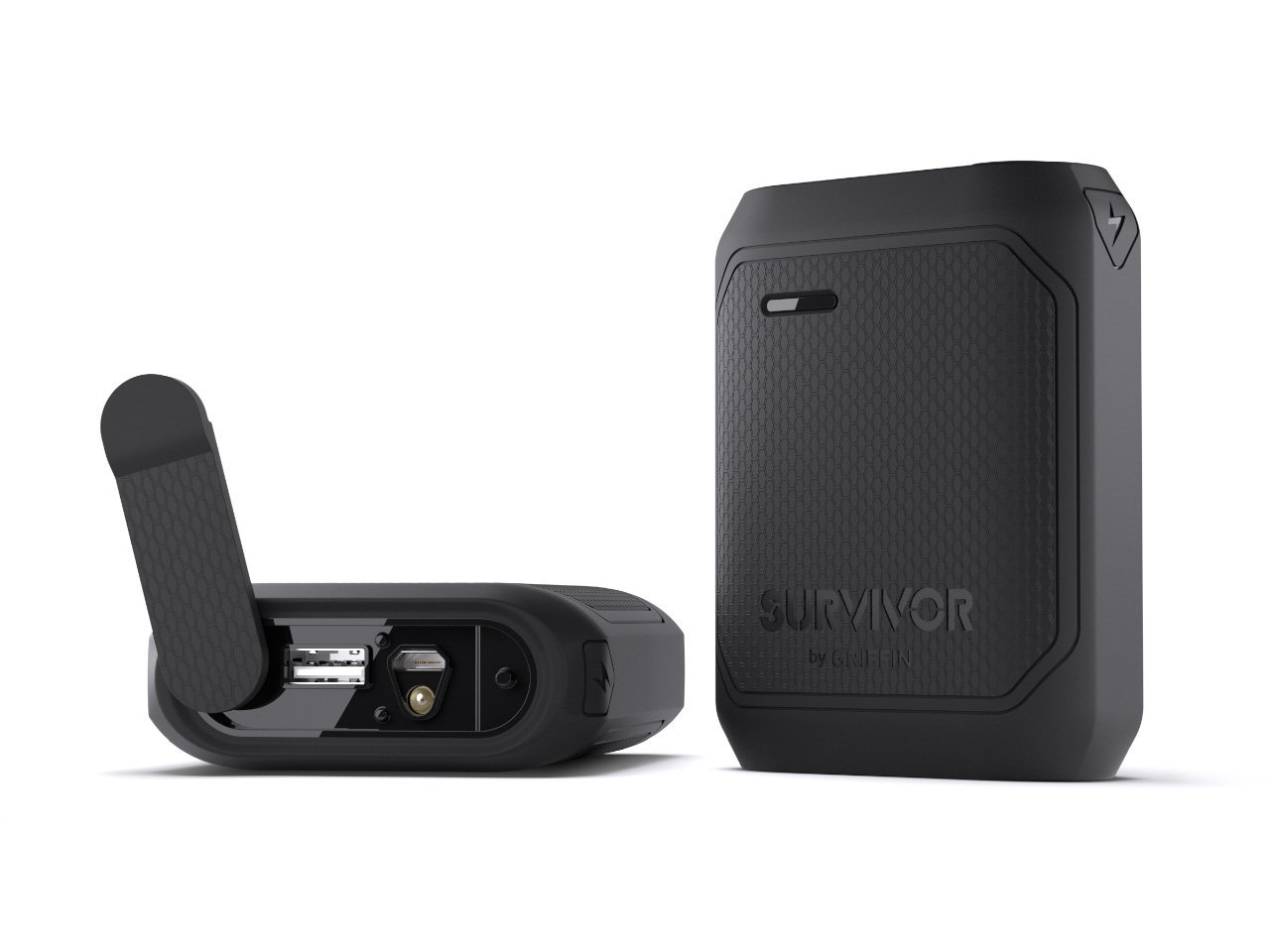RIM and Nokia Not Happy with Apple
/ 
At yesterday's press conference, Steve Jobs defended it's iPhone 4 antenna issue by saying that all smartphones had this problem and by showing several devices from Nokia, HTC and RIM having the same problem. Now as you can expect, you wouldn't be very happy if Steve Jobs bashes your device on stage, so RIM and Nokia have retaliated to what Steve said yesterday and they are not happy.
RIM:
Apple’s attempt to draw RIM into Apple’s self-made debacle is unacceptable. Apple’s claims about RIM products appear to be deliberate attempts to distort the public’s understanding of an antenna design issue and to deflect attention from Apple’s difficult situation. RIM is a global leader in antenna design and has been successfully designing industry-leading wireless data products with efficient and effective radio performance for over 20 years. During that time, RIM has avoided designs like the one Apple used in the iPhone 4 and instead has used innovative designs which reduce the risk for dropped calls, especially in areas of lower coverage. One thing is for certain, RIM’s customers don’t need to use a case for their BlackBerry smartphone to maintain proper connectivity. Apple clearly made certain design decisions and it should take responsibility for these decisions rather than trying to draw RIM and others into a situation that relates specifically to Apple.
Nokia:
Antenna design is a complex subject and has been a core competence at Nokia for decades, across hundreds of phone models. Nokia was the pioneer in internal antennas; the Nokia 8810, launched in 1998, was the first commercial phone with this feature. Nokia has invested thousands of man hours in studying human behavior, including how people hold their phones for calls, music playing, web browsing and so on. As you would expect from a company focused on connecting people, we prioritize antenna performance over physical design if they are ever in conflict.
In general, antenna performance of a mobile device/phone may be affected with a tight grip, depending on how the device is held. That’s why Nokia designs our phones to ensure acceptable performance in all real life cases, for example when the phone is held in either hand. Nokia has invested thousands of man hours in studying how people hold their phones and allows for this in designs, for example by having antennas both at the top and bottom of the phone and by careful selection of materials and their use in the mechanical design.
Overall, Steve did his best to be kind, but the fact remains, he did bash the other companies and they're not pleased with the outcome. Phil Nickinson from Android Central got it right when he said "any new phones from any company now is going to be under increased, and in some cases ridiculous antenna scrutiny."
Source TIPB


















